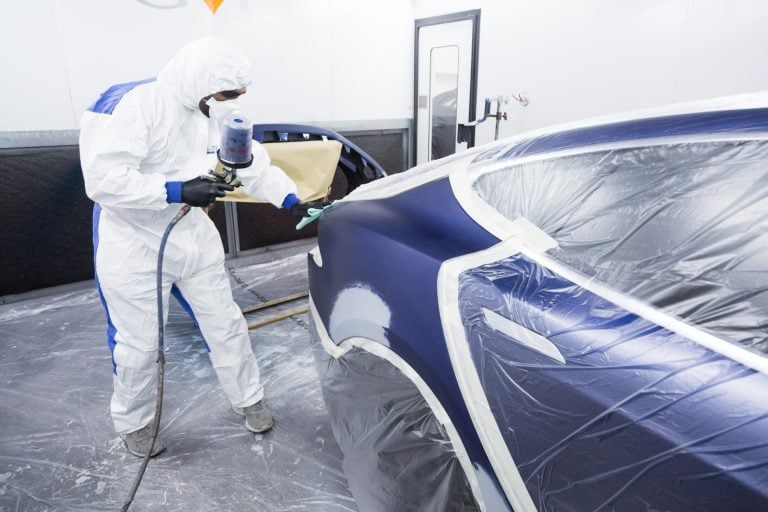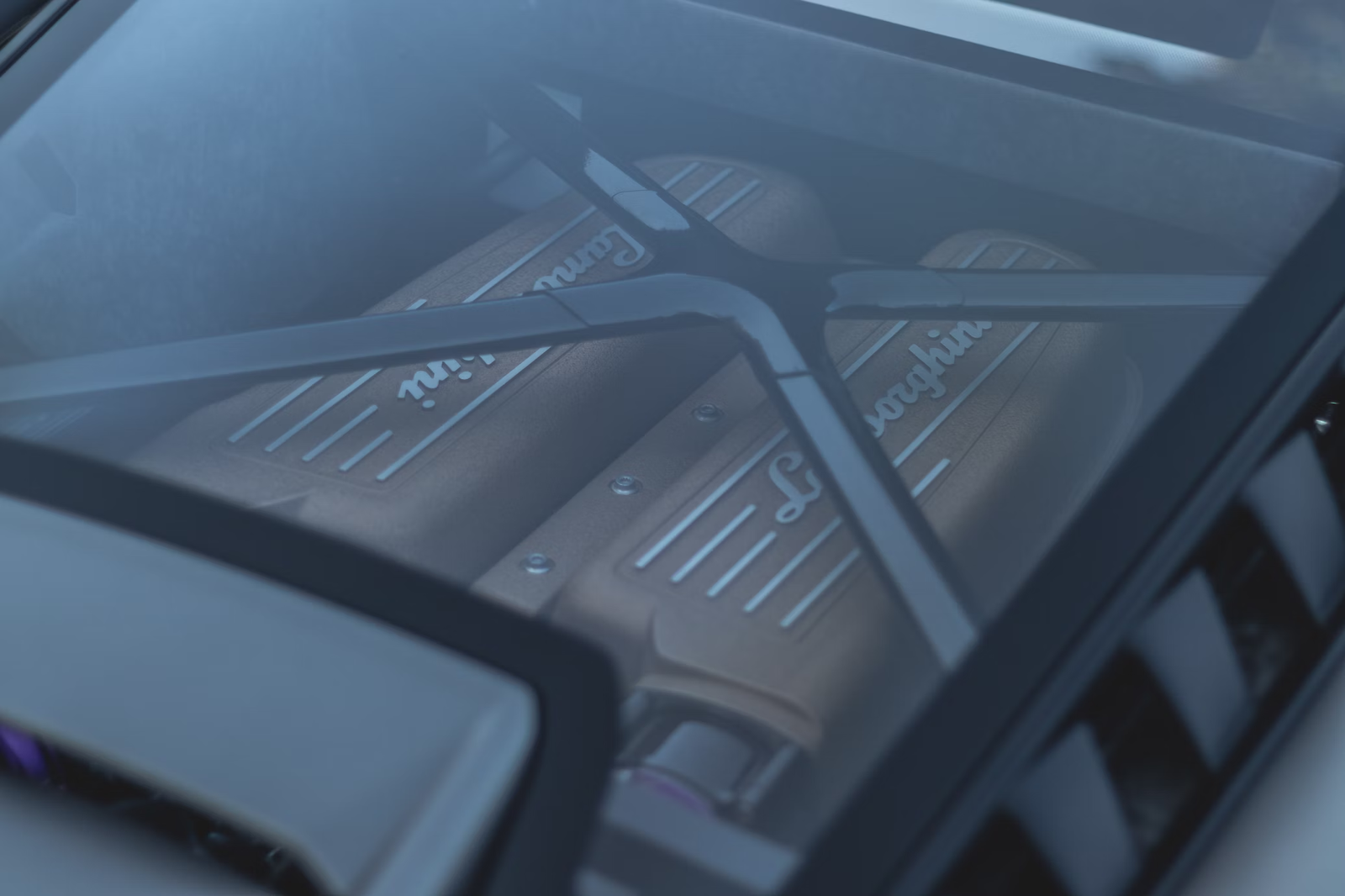- Servicing Case Studies
Reasons For an Overheating Car and How to Fix | GVE London – Blog
Discover common causes of car overheating, from low coolant to faulty thermostats, and learn how to fix them to avoid costly repairs and maintain engine health.
An overheating car can signal serious issues that, if left unaddressed, may lead to costly repairs or even engine failure. Understanding the common reasons behind this problem is crucial for every vehicle owner.
Factors such as low coolant levels, a malfunctioning thermostat, a damaged water pump, or a blocked radiator can contribute to elevated engine temperatures. In this post, we will explore these causes in detail, helping you identify potential problems and take proactive measures to keep your car running smoothly.
Problem – Reasons Behind an Overheating Car
As you can see in the video, a client brings his car to the GVE London supercar service centre. As the technician is diagnosing the car, he tells about some common issues that can lead to overheating. These include a water pump thermostat getting blocked or a radiator that’s getting blocked and not circulating the cool air properly.
There have also been some cases where a car has faulty temperature sensors which show the wrong temperature on the dashboard. This keeps the fan on constantly and shows signs of overheating no matter what. Therefore, if you ever get an overheating fault, it is recommended to turn your car off and get it checked thoroughly.
Read Also: Why is the Lamborghini Aventador SV Overheating?
How to Fix the Overheating Issue in Your Car
If your supercar is getting overheated for some reason, you can try one of the following methods to fix the problem –
- Check Coolant Levels: Start by inspecting the coolant reservoir. If the coolant is low, add the correct mixture of antifreeze and water to prevent engine overheating.
- Inspect the Thermostat: The thermostat regulates coolant flow. If it’s stuck closed, it can cause overheating. Replace it if it’s not functioning properly for optimal engine temperature.
- Examine the Water Pump: The water pump circulates coolant throughout the engine. Check for any leaks or signs of wear. Replace it if damaged to ensure efficient coolant flow.
- Clean the Radiator: Dirt and debris can block airflow to the radiator. Regular servicing and cleaning to maintain proper cooling efficiency and prevent overheating during prolonged vehicle use.
- Look for Leaks: Inspect all hoses and connections for any signs of leaks. Even small leaks can lead to significant coolant loss, contributing to overheating issues.
- Seek Professional Help: If your car continues to overheat after checking these components, it’s essential to consult a qualified mechanic for a thorough diagnosis and repair.
Conclusion
Addressing overheating issues in your supercar is crucial to prevent severe damage and costly repairs. By regularly checking coolant levels, inspecting the thermostat, examining the water pump, and cleaning the radiator, you can maintain optimal engine performance.
If problems persist, seeking professional help ensures your vehicle stays in top condition for the road ahead. Make sure to visit the GVE London supercar service centre to get the overheating issue diagnosed and fixed. You also get repairs, detailing, customisation, wrapping, etc. for your supercar.
Explore our latest how-to videos addressing common supercar issues and their solutions on our YouTube channel!
Frequently Asked Questions
Look for warning lights on the dashboard, steam from the engine, or an unusually high-temperature gauge reading. Unusual engine noises may also indicate overheating.
Turn off the engine immediately and allow it to cool down. Check coolant levels and inspect for leaks. If the issue persists, seek professional help.
Regular maintenance, such as checking coolant levels, inspecting hoses, and cleaning the radiator, can help prevent overheating. Also, ensure that the cooling system is in good condition.
Contact Us
"*" indicates required fields
OUR SERVICES
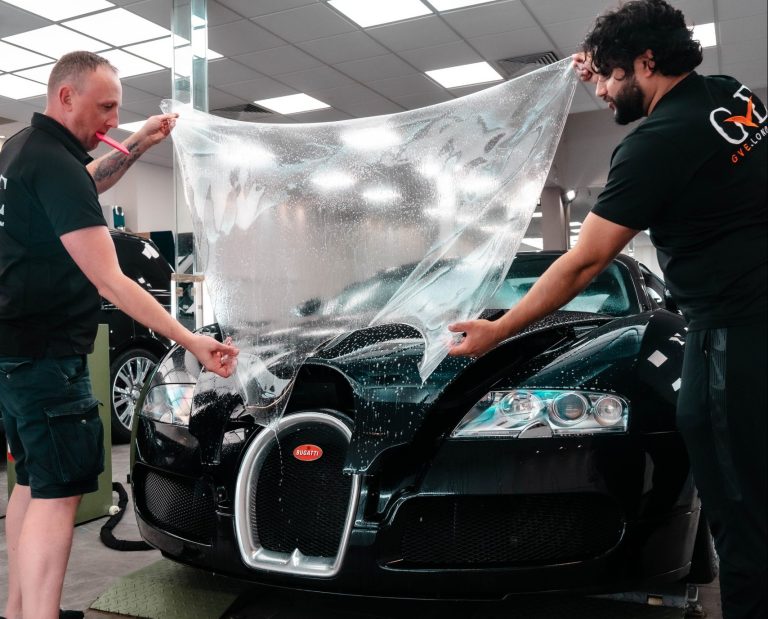
PAINT PROTECTION FILM
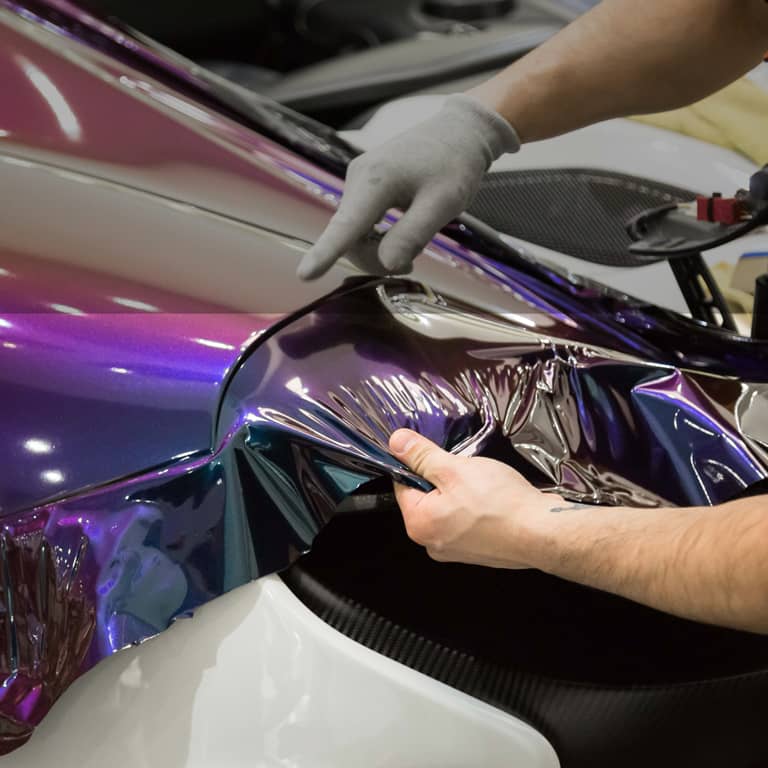
WRAPPING
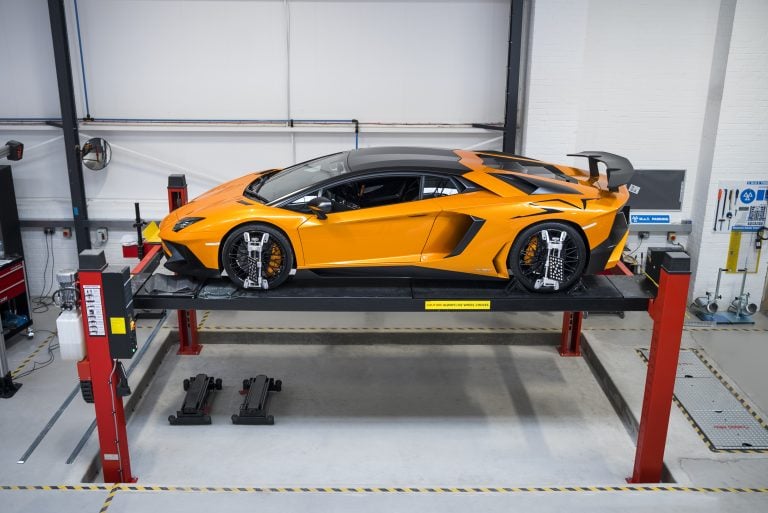
SERVICING
